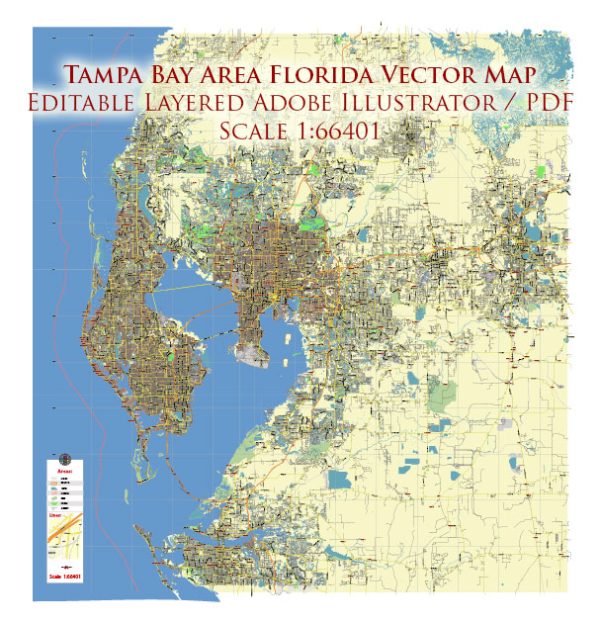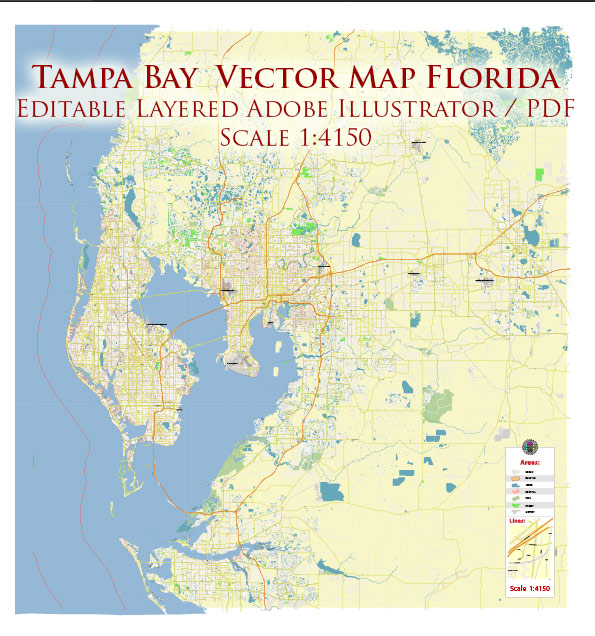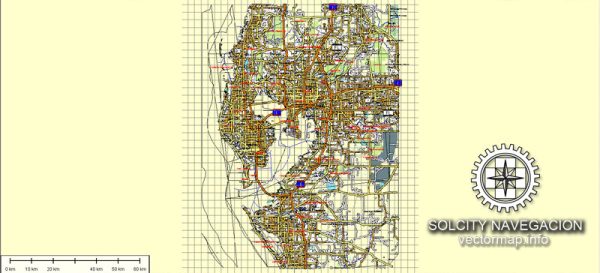The urban development of Tampa Bay, Florida, is a dynamic and multifaceted story that reflects the city’s rich history, economic shifts, and population growth. The development of Tampa Bay can be broadly divided into several key periods:
- Pre-European Settlement: Before the arrival of European settlers, the Tampa Bay area was inhabited by various indigenous peoples, including the Tocobaga and Calusa tribes. These Native American communities engaged in fishing, hunting, and agriculture.
- Spanish Colonial Era: In the 16th century, Spanish explorers, including Ponce de León and Hernando de Soto, explored the region. However, it wasn’t until the 19th century that the area saw significant European settlement. Fort Brooke, a military outpost established during the Second Seminole War (1835-1842), played a crucial role in the early development of Tampa.
- Cigar Industry and Immigration: In the late 19th century, Tampa experienced a major economic boom with the rise of the cigar industry. The arrival of Cuban and Spanish immigrants led to the growth of Ybor City, a historic neighborhood in Tampa, which became a center for cigar manufacturing. The city’s diverse population and economic prosperity during this period contributed to its urban development.
- Railroads and Expansion: The introduction of railroads in the late 19th century facilitated the transportation of goods and people, further boosting Tampa’s growth. The railroads made it easier to export products like cigars and phosphate, a key industry in the area. This period marked the expansion of the city beyond its initial core.
- 20th Century Boom and Suburbanization: Tampa experienced significant growth in the 20th century, driven by the establishment of MacDill Air Force Base during World War II and the post-war economic boom. Suburbanization became a prominent trend, with people moving away from the city center to surrounding areas. The construction of highways, such as Interstate 275, played a role in shaping the urban landscape.
- Downtown Redevelopment: In recent decades, efforts have been made to revitalize and redevelop the downtown area of Tampa. The construction of iconic structures like the Tampa Museum of Art and the Riverwalk, along with the growth of cultural and entertainment amenities, has aimed to create a vibrant urban core.
- Economic Diversification: Tampa Bay’s economy has diversified beyond its historical reliance on industries like cigars and phosphate. The region has become a hub for technology, healthcare, and finance, contributing to the development of modern business districts and suburban communities.
- Environmental Considerations: As Tampa Bay has grown, urban planners and policymakers have increasingly focused on environmental sustainability and resilience, particularly in the face of challenges such as sea-level rise and hurricanes.
Overall, Tampa Bay’s urban development is a story of economic evolution, cultural diversity, and geographic expansion, reflecting the broader trends and challenges faced by many American cities over the past centuries.




 Author: Kirill Shrayber, Ph.D.
Author: Kirill Shrayber, Ph.D.